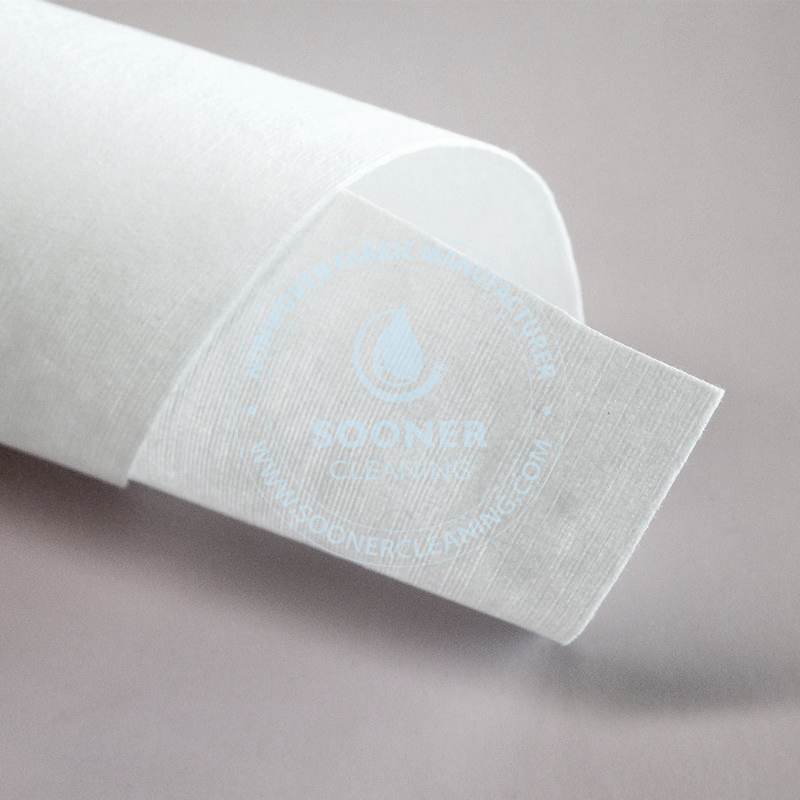In recent years,
‘flushable wipes’ have become a popular product for household cleaning because of their convenience, but the controversy over them never stops - problems such as sewer clogging are frequent, and they have even been called ‘invisible pipe killers’ by the European and American media. However, the controversy over flushable wipes has never ceased - problems such as clogged drains and environmental pollution are frequent, and they have even been dubbed as ‘invisible pipe killers’ by the European and American media. As a consumer or buyer, how to identify truly safe flushable wipes? This article from the scientific standards, shopping tips to industry trends, in-depth analysis of the core issues, to help you avoid the traps.
I.the dispersible wipes ‘safety standards’: why most products do not live up to their name?
Although product packaging is often labelled ‘flushable’ and ‘biodegradable’, the reality is that more than 70% of the world's sewer blockages are related to these wipes. Here's the key contradiction:
Labs ≠ real world: many wipes are tested in the lab (e.g. short stirring times to break down), but real sewers have low temperatures, oils and complex microbial environments that can cause wipes' fibres to clump together and form “fatbergs”.
II.the environmental controversy: can be flushed dispersible wipes is ‘pseudo-green’?
The truth about the material:
Qualified products: pure wood pulp, bamboo fibre-based, add a small amount of environmentally friendly adhesives (such as PVA), can be quickly dispersed in water.
Inferior products: mixed with plastic components, the decomposition of the formation of micro-plastic pollution of water sources, endangering marine life.
III.the 4-step shopping method: how to avoid the ‘can be dispersed’ trap?
Look at the certification mark;
test dispersion;
home simple experiment: put the wipes into a transparent water bottle, add water and shake for 1 minute, qualified products should be completely broken into flotsam.
Check the ingredient list:
Avoid synthetic materials such as ‘polyester’ and “nylon”;
Prefer ‘100% plant fibre’ and ‘bamboo pulp’. Prefer descriptions such as ‘100% vegetable fibre’ and ‘bamboo pulp’.
Choose a reliable brand:
has passed the China Environmental Labelling (Ten Ring Certification) or FSC forest certification.
IV.Industry Trends and Policies: Which products will be more reliable in the future?
Tightening of regulations:
EU will ban the sale of plastic fibre-containing wipes from 2025;
US states have introduced ‘Wet Wipes Labeling Laws’, which require clear labelling of ‘non-flushable’ wipes.
V.Conclusion
Behind the convenience of flushable wipes lies a lack of consumer awareness of product standards and a lack of corporate responsibility. Through this article, readers will not only be able to avoid consumer traps, but also be able to prioritise your quality content when searching for ‘disposable wipes recommendations’ and ‘eco-friendly wipes standards’. Remember: sustainable SEO traffic starts with meeting the real needs of your users.
Take action now: click to get a free sample of flushable wipes!


